St. Stepanօs Church of Hochants
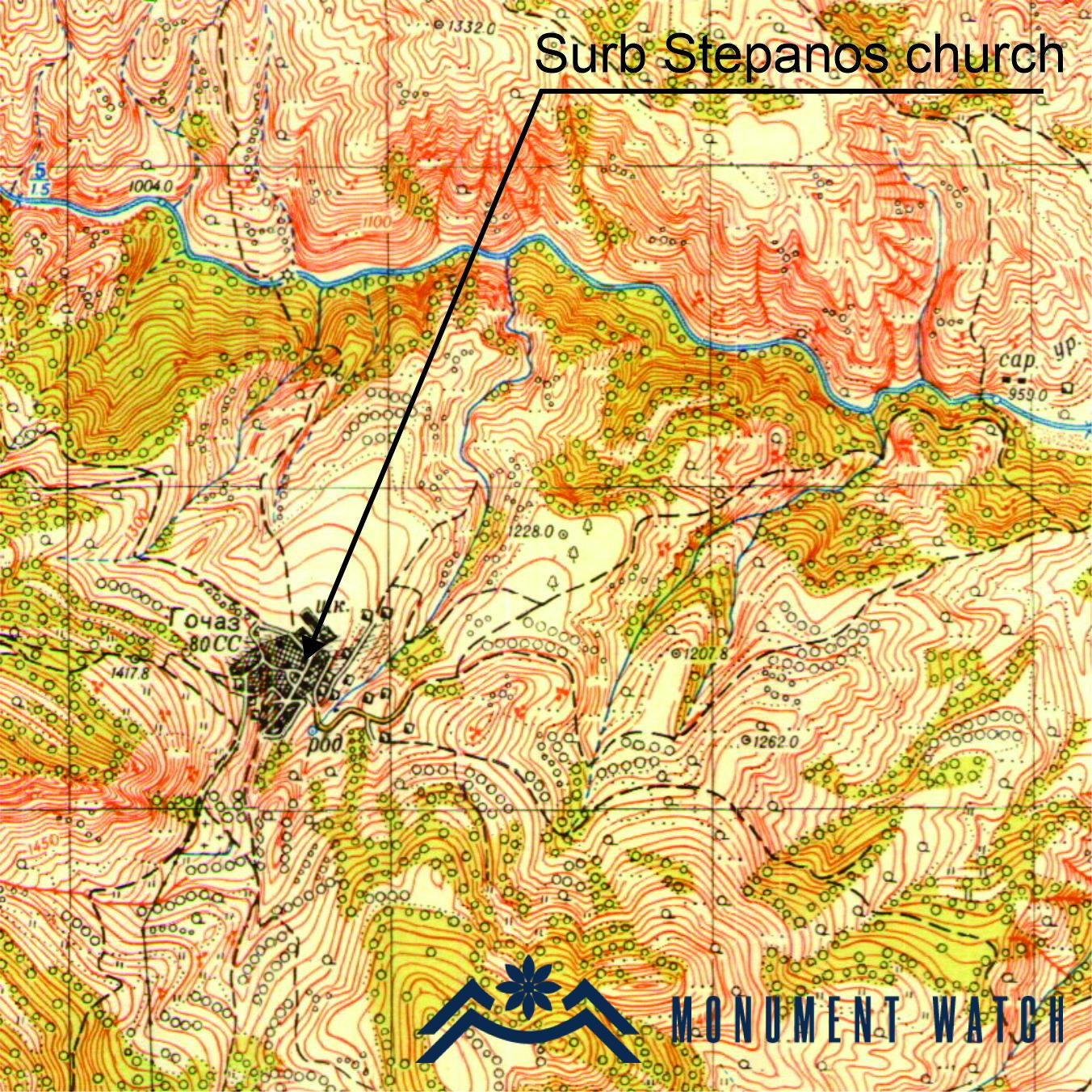
Location
The church is located in the center of Hochants village of Kashatagh region, at an altitude.
Historical overview
Hochants is one of the most famous villages of Kashatagh canton with a rich historical past. The first mention of the village as Hunchak is evidenced in the list of villages of Aghahetch canton compiled by St. Orbelyan (Orbelyan 1912, 372). The village is also mentioned at the beginning of the 17th century, when two bishops who had left the Tatev hermitage founded the Hochants hermitage in its vicinities (Davrizhetsi 1896, 260) and at the end of the 17th century, when the Armenians of Karbi village clashed with the nomadic Kurds at the very village (Zakaria 1870, 9).
The first information about the church dates back to the late 19th century, when an abandoned church in the depopulated Armenian village was used by the Kurds as a fodder store (EM 1898, 50). Back in the 60s of the last century, a slab was preserved in the western wall of the church with the following inscription: “In the name of God, I – Hekaz, gave a quarter of our own oil mill, which was mine, as a waqf to Stepanos…” (CAI 5, 194). It becomes clear from the inscription that the church is called St. Stepanos.
Architectural-compositional description
There is no exact information about the time of construction of the church. Judging by its architectural type, it was probably built in the second half of the 17th century (Fig. 1). It is a single-nave, vaulted structure built of raw stones and lime mortar. It has a main altar, a sole entrance opened from the south, windows opened in four facades that widen inwardly and a baptismal font in the northern wall, several khachkars are embedded in the walls. The external dimensions are 13.40*8.15 meters.
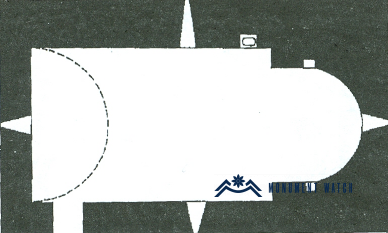
Fig. 1 The church plan, S. Karapetyan, Armenian cultural monuments in the region of Karabakh, “Science” Publishing House, Yerevan, 2001, p. 158.
In the last decades of the Soviet Union, the church building served as a bakery for the village, for that purpose separate segments of the church were altered, other buildings were attached to it from the south and west (Karapetyan 2001, 164) (Fig. 2-3).
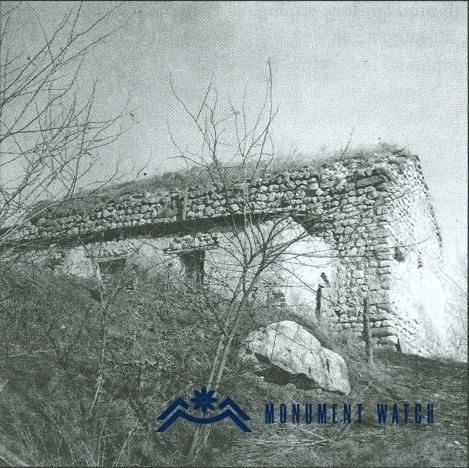
Fig. 2 The general view of the church after the First Artsakh War, S. Karapetyan, Armenian cultural monuments in the region of Karabakh, “Science” Publishing House, Yerevan, 2001, p. 158.
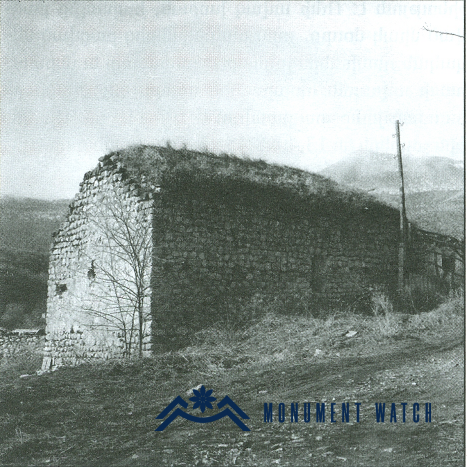
Fig. 3 The general view of the church after the First Artsakh War, S. Karapetyan, Armenian cultural monuments in the region of Karabakh, “Science” Publishing House, Yerevan, 2001, p. 158.
The condition before, during and after the war
The church was restored in 2019 and was completely standing before the war (4). As these areas were far from the actual hostilities, the church was not damaged as a result of the war. Nothing is known about the monument after these territories fell out of Armenian control.
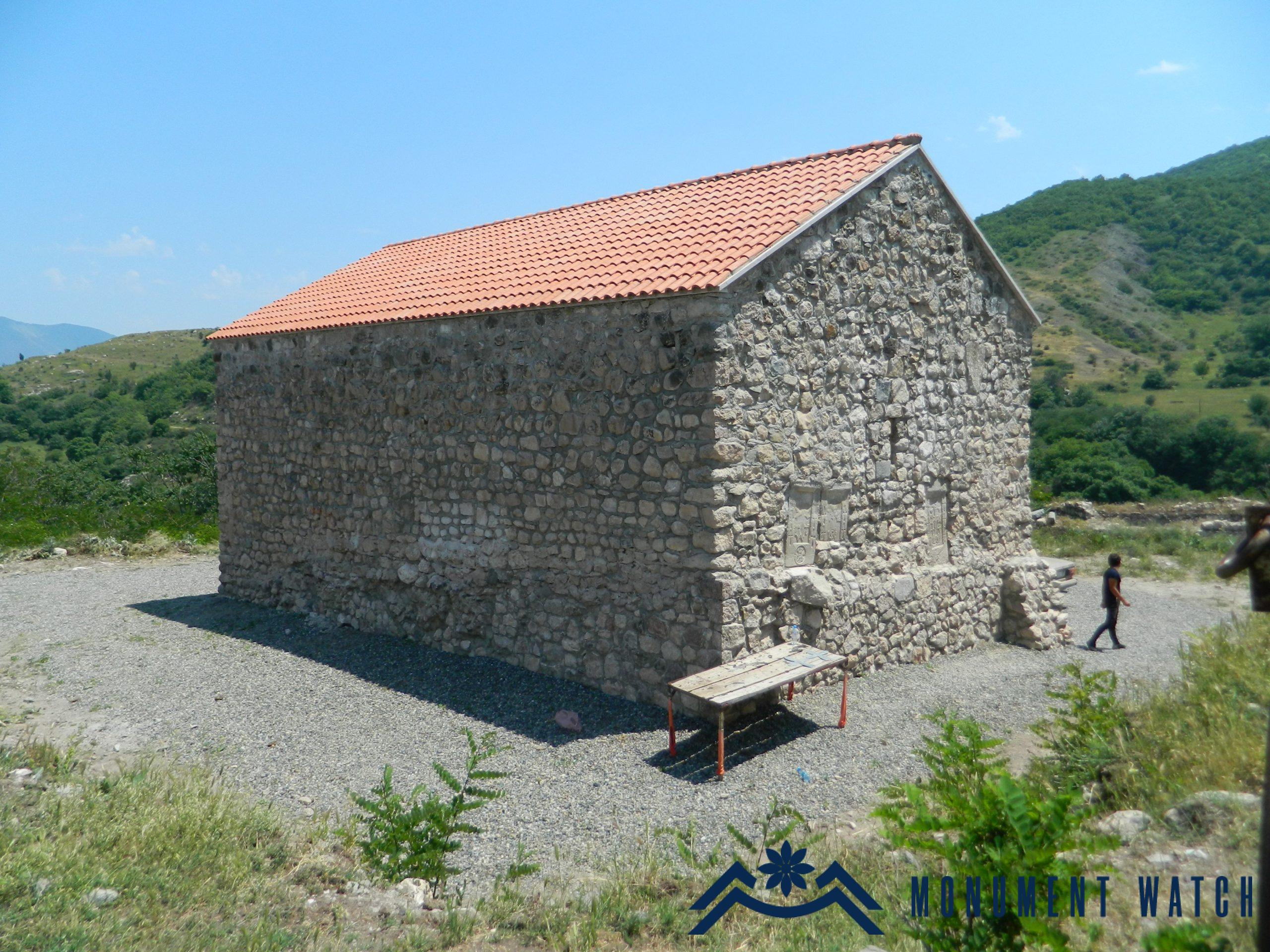
Fig. 4 The general view of the church after the restoration, photo by Z. Rkoyan.
Bibliography
- EM 1898 – Ethnographic magazine, book 4, N 2, Tiflis.
- CAI 1982 – Corpus of Armenian Inscriptions, Release 5, Artsakh, Publishing House of the Academy of Sciences of the Armenian SSR, Yerevan.
- Davrizhetsi 1896 – History of Vardapet Arakel Davrizhetsi, Printing House of the Mother See of Holy Etchmiadzin, Vagharshapat.
- Zakaria 1870 – Historiography of Deacon Zakaria, Volume II, Printing House of the Holy Cathedral of Etchmiadzin, Vagharshapat.
- Karapetyan 2001 – Karapetyan S., Armenian cultural monuments in the region of Karabakh, “Science” Publishing House, Yerevan.
- Orbelyan 1912 – St. Orbelyan, History of the Province of Syunik, Tiflis.
St. Stepanօs Church of Hochants
Artsakh